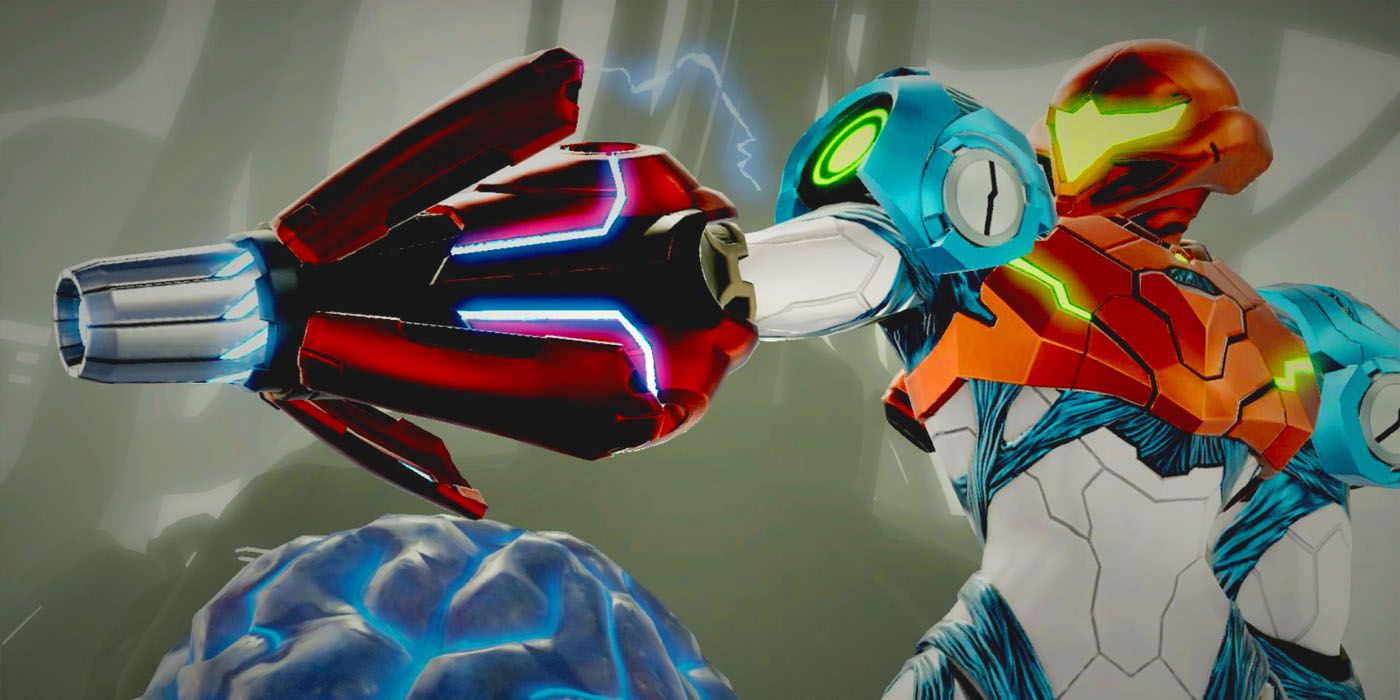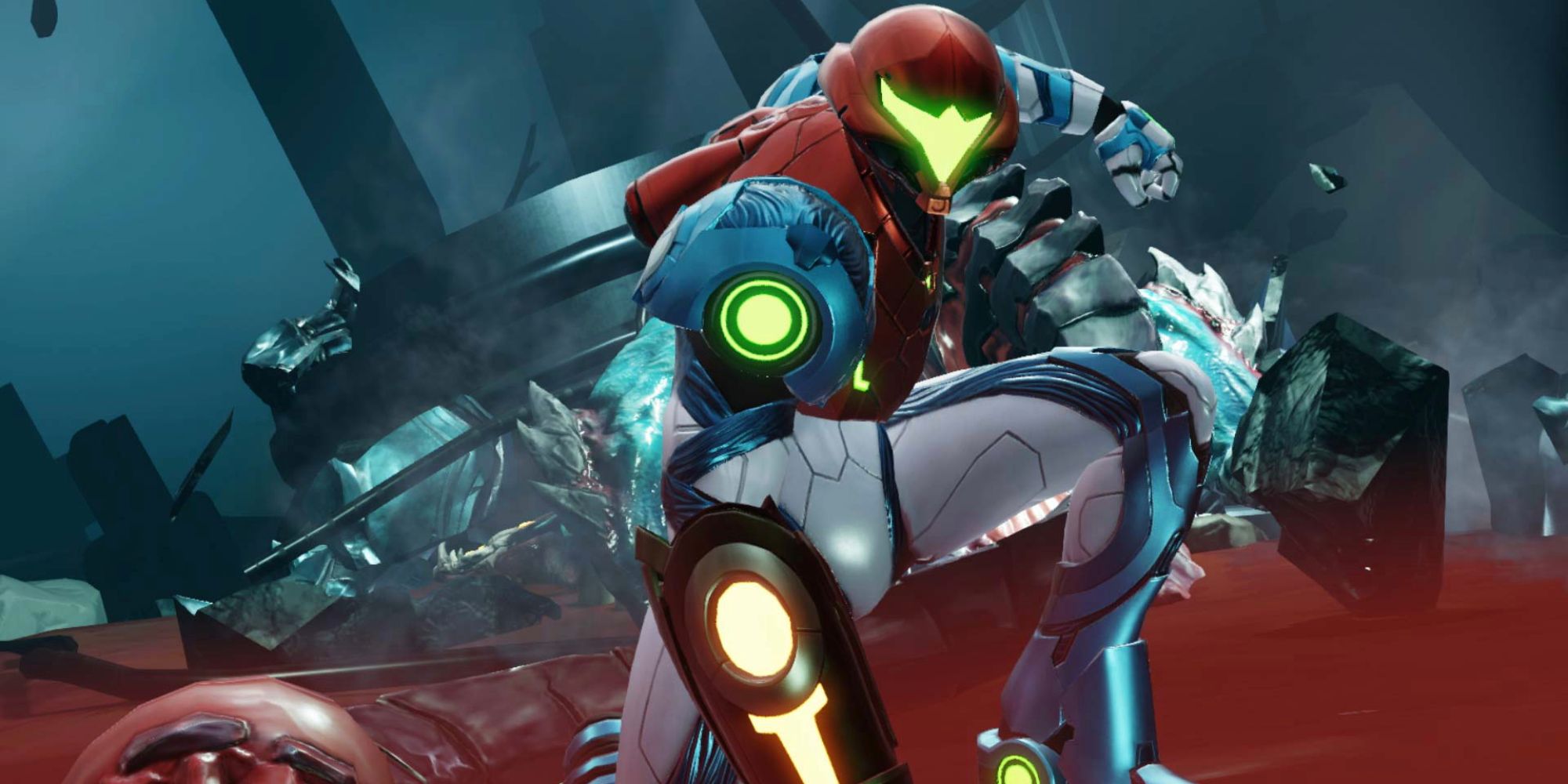Nintendo was met with some skepticism when it announced that Metroid Dread would be the hardest game in the series. Fans of the long-running Metroid franchise are familiar with some tough platformers, with even the very first entry in the series being a difficult grind of a game. Players were pleasantly surprised to find that Nintendo's promise rang true: Metroid Dread is considered by many to be the hardest game in the series, but just how does its difficulty compare to others?
Nintendo has a reputation for making fairly accessible games in order to appeal to as wide an audience as possible. While this means most Nintendo games are lacking in any serious difficulty, the Metroid series has almost always been an exception. Metroid Dread stays true to its roots in more ways than one, and while it does reflect the legendary difficulty of the series, it's in the ways the game presents its challenge and provides accessibility that separates it from other titles in the franchise.
The Metroid series has plenty of challenging levels. In classic Metroid, the exploration-based game doesn't provide the player with any sort of map, leaving many to make their own on the fly. Metroid: Fusion features terrifying boss fights, and nearly every 2D Metroid game has the players respawn at the nearest save point on death. This can make clearing a hard level frustratingly harder, as players are forced to repeat it over and over again with enemies that respawn and traps reset.
Is Metroid Dread Really Harder Than Other Metroid Games?
Seven Galactic Federation E.M.M.I robots have gone haywire prior to Samus' arrival on planet ZDR, and hunt her down throughout the course of the game. If captured during one of Metroid Dread's E.M.M.I events, the player will have to go through a randomized quick time event, rewarding fast reflexes and calm nerves. Most E.M.M.I events lead to player death, making interacting with these robots a truly nerve-wracking and difficult experience. However, Metroid Dread never punishes the player for dying in the E.M.M.I. encounter. Rather than punishing the player by sending them to the last save point like in other Metroid games, Dread simply puts Samus right outside the E.M.M.I. zone so that another attempt can be made. So, while the game maintains difficult elements, it's never punishing the player for the difficulty, making Metroid Dread the most forgiving of the Metroid games.
Metroid Dread's bosses are also a big improvement on the series' staples. Just like the hardest bosses from other Metroid games, most of the bosses in Metroid Dread can kill the player in a few hits, regardless of how many health upgrades they've collected, meaning that the game encourages and demands the player to learn the bosses' attack patterns and hone their reflexes to achieve victory. This is opposed to the bosses in past Metroid games, which tend to simply be bullet sponges that the player spams their strongest attack against. Much of Metroid Dread's gameplay requires precision timing and studying of the game's mechanics, giving the player more to do than simply collecting all the health upgrades they can and hoping for the best.
Metroid Dread features difficult encounters that get easier as the player learns the game and prepares themselves. It avoids punishing the player for struggling with the difficulty, encouraging them to press forward and try again despite the odds. While Metroid Dread poses a tougher challenge than some pre-Dread Metroid games, it avoids artificial difficulty and player punishment, making it the kind of difficulty players enjoy. It's a true challenge that players are drawn to complete, instead of just a struggle to get through. The game also offers plenty of quality-of-life changes such as map markers, making Metroid Dread the most accessible game in the Metroid series.


